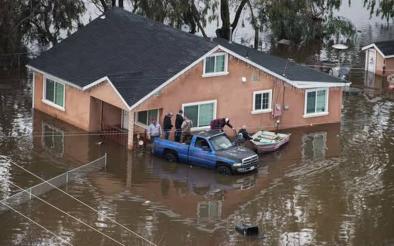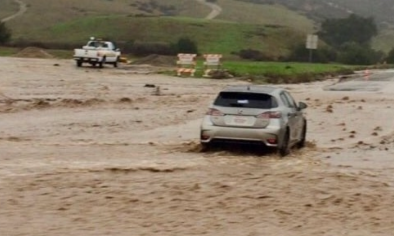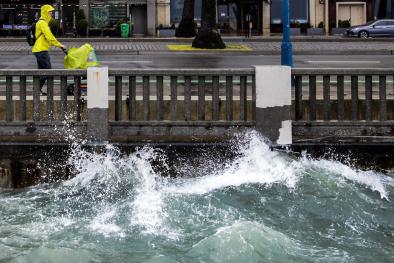A Climate Paradox: Rising Temperatures to Bring More Droughts and Floods

The Pineapple Express storms hitting the West Coast are intense, causing massive floods and landslides — and replenishing reservoirs after historic drought. But is the drought-flood pattern tied to our planet’s warming? Michael Wehner, a leading climate scientist at the Lawrence Berkeley National Laboratory, weighs in with what we now know and what we don’t...
[T]he likelihood of a big storm — or a severe heat wave — has changed a lot. It’s clear that since the 1950s, over much of the United States, extreme storms are becoming wetter.
We’ve only had one degree centigrade of global warming. That’s a lot, but it’s nothing compared to what is coming down the line if we stay on the same greenhouse-gas emissions scenario that we’re on. By the end of this century, you’re looking at 3 or 4 degrees of warming, which is a planet that no human has ever lived on.
We have no experience with such a planet, and it’s entirely possible that in such a warmer world, storms that were previously impossible — and certainly heat waves — will occur.
...
There are events that happen where there is no apparent human influence. But for storms like those here in California this week, or heat waves, this is less and less the case. We have not done a formal attribution study on this storm, but I’d be very surprised if somebody doesn’t.
...
In most places, for very rare events, extreme precipitation is expected to increase, even in places where the average precipitation is projected to decrease. So, in some places, in a 4-degree-warmer world, you will have both floods and droughts. It seems counterintuitive, but when it rains, it will rain a lot. This is kind of what it does now in the southwest.
Related Content






